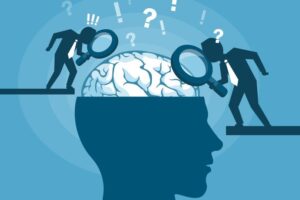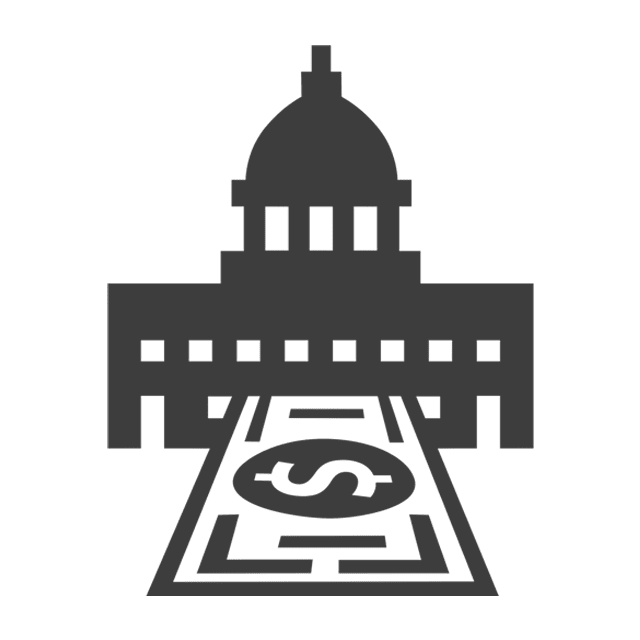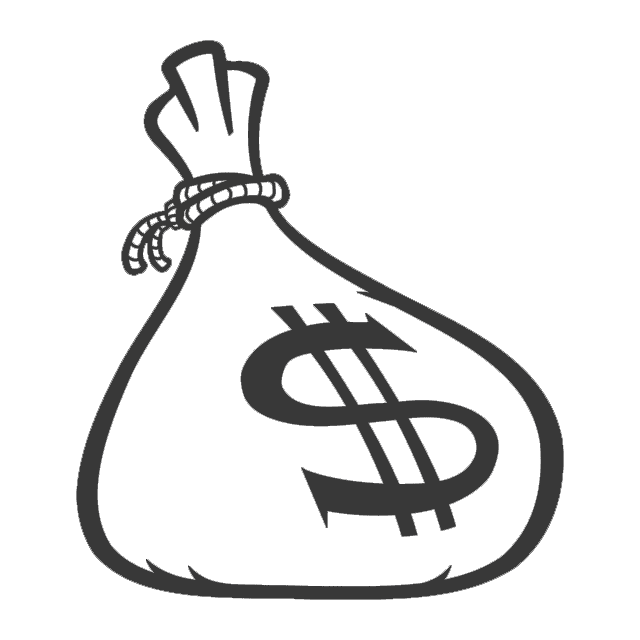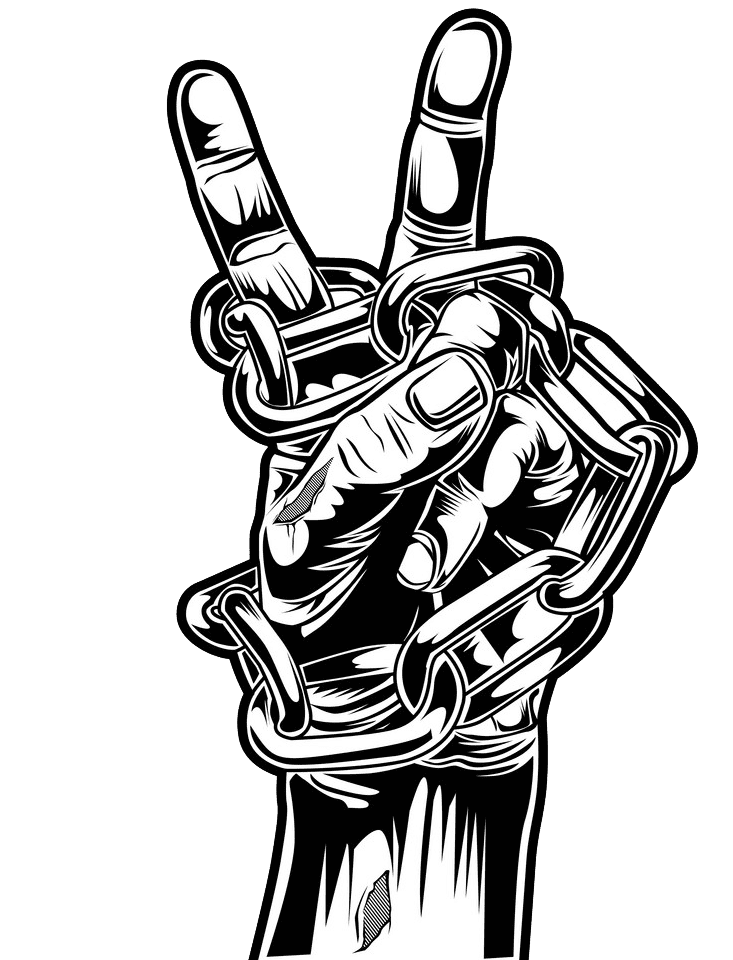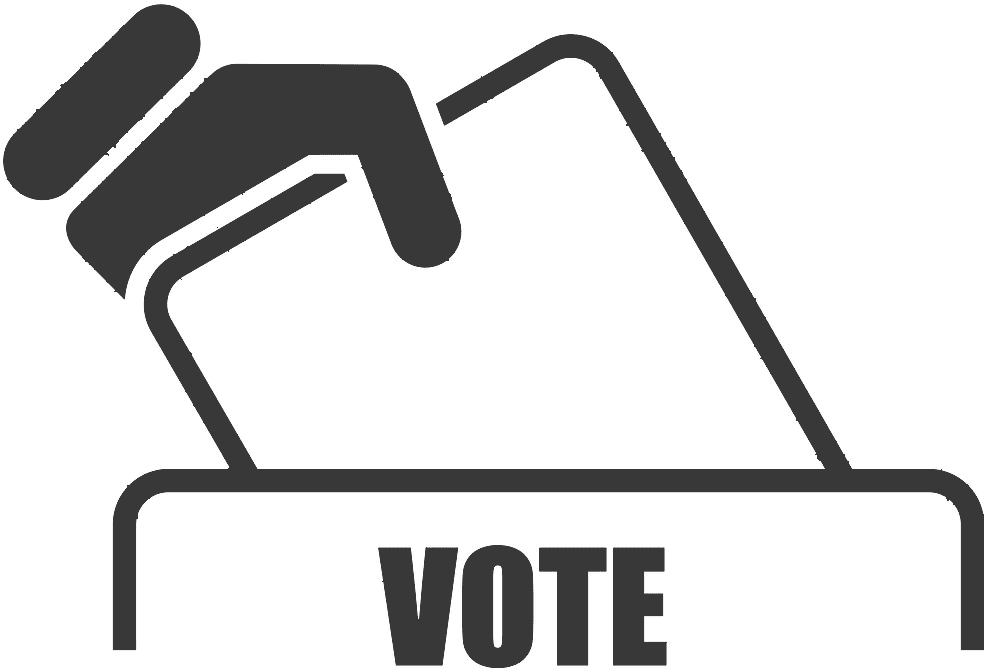
With Hamas’s attack on Israeli innocents last October, one can sense the weary Hegemon rousing itself again. Senator Lindsay Graham is licking his lips with a forked tongue, engorged by the possibility of getting what he’s always wanted—war with Iran. The mullahs almost certainly provided material support for the terror campaign that left more than 600 Israelis dead, including women and children. They know the barbarity of the attacks could be enough to provoke the likes of Victoria Nuland into deadly conflict, which the Islamists will embrace with open arms as a ticket to Heaven. They know the US is in decline. They witnessed the ignominy of the Afghanistan withdrawal, the waste and inefficacy of the Ukraine proxy war, the perforated southern border, and a zombie population distracted by bread, circuses, and sensationalism. It’s almost as if America is being baited into accelerating its own decline. The Welfare-Warfare State grinds on, animated by some unholy mixture of debt and despair that only Moloch could concoct.

The deep fiscal and monetary structures of the US economy, which have not changed in 200 years, will generate the next boom and bust just as they have done so in the past. But the Crash of 2026 will be much worse than that of 2008 because as the US government continues its annual trillion-dollar deficits, by 2024, the US debt will have grown so large that US bonds will no longer be considered safe, and in the financial crisis, the US will no longer be able to borrow the funds needed to bail out the financial firms.
He who promises runs in debt. —The Talmud
24,221,670,739,204. $31,462,154,854,903
That was U.S. debt in dollars somewhere in the middle of writing this, well before these words could reach your eyes. To most people, it’s just a great big number. The difference between a billion and a trillion and a jillion is numerology: Someone will ascribe significance to it, but it’s too abstract to have meaning.
To put matters in perspective, we can divide that very long number by 325 million, which is approximately the U.S. population. Now the results will be a little more concrete: $96,806. That is the bill the federal government will hand my three-year-old daughter, Sophia—that is, unless her children end up with it, too. It’s an amount she might have used to pay too much for college loans. Of course, it’s not just Sophia’s bill. It’s the bill of every man, woman, and child in America.
I don’t know about you, but I don’t have that kind of money.
Every year after 2020, you can add a trillion dollars or more to $32 trillion like a ticking clock. And remember that this figure came quietly from the Government Accountability Office, with a note attached.
Long-term fiscal projections by GAO, CBO, and in the 2019 Financial Report show that absent policy changes, the federal government continues to face an unsustainable long-term fiscal path.
Although each of these long-term projections uses somewhat different assumptions, their conclusions are the same. Over the long term, the imbalance between spending and revenue built into current policy will lead to (1) deficits exceeding $1 trillion each year beginning in fiscal year 2020 and (2) both the annual deficit and cumulative total debt held by the public growing as shares of GDP.
A situation in which debt grows faster than GDP means the current “federal fiscal path is unsustainable,” the GAO concluded.
Never before had the American public been in so much debt. And yet the grand narrative held that it was inhumane even to think about the economy as people were dying. Maybe these moralists were right. I don’t know, but I couldn’t help but think that the economy is critical to life and especially to living.
The whole thing—COVID—seemed to me like one titanic trolley problem. Keep the trolley straight, and a million people might die. Pull the lever and destroy the lives and businesses of 60 million people for months, maybe years. Sitting on the horns of this enormous dilemma were not you and me but authorities. It meant that all the paths they never took yielded outcomes we’ll never know.
In America, the authorities pulled the lever.
The Debt
When a government fails to pay back its debts, it’s called a sovereign default. The government may start to pay smaller payments or cease payment altogether. In this condition, the jig is up. Officials have no way to fund programs, employees, welfare entitlements, or war-making capabilities. The government must prioritize for perhaps the first time. But such prioritization would not amount to the responsible measures a good bookkeeper might take.
It would be national triage.
To avoid a default, most governments and central bankers will inflate their currencies. But that, of course, means devaluing their currency. Whether they devalue the currency through quantitative easing, money printing, or banning the conversion of currencies into precious metals or competing currencies, prices go up for everyone. Purchasing power goes down. If lenders get wise to this, they will raise their interest rates to compensate for the risk. When interest rates rise dramatically due to this fear, it’s called a sovereign debt crisis.
The Devil’s Fork has three tines: Default, inflation, or both. Each tine means hardship—short and devastating, or protracted and seemingly endless. The precise magnitude of the hardship is difficult to predict, but the American people won’t have seen such a severe contraction since 1933. It could resemble the zombie apocalypse, with hordes roaming the streets, some being shot from rooftops. We could endure a multi-decadal malaise similar to life under Jimmy Carter. High inflation. Stagnation. Urban decay. A hard life for 30 to 60 million people. Maybe you call that collapse. Maybe you call it slow-motion suicide. Whatever you call it, we need to change our human systems.
Some experts claim that debt spending will never be a real problem due either to the United States military and relative economic power or to more fanciful theories like modern monetary theory (MMT). I take the former view a bit more seriously, but both views are probably wrong.
Global strategist Peter Zeihan, who specializes in global finance, argues that crises tend to pull the world to the dollar. Zeihan says it’s already the world’s reserve currency, but it is still more attractive than any competitors.
Capital flight to the United States – already at record levels pre-coronavirus – has only accelerated. As one might expect, when the Americans finalized their plans for $2.2 trillion in deficit spending, the U.S. dollar dipped for the first time in the crisis.
But the dip wouldn’t last, said Zeihan. “Never before has the “exorbitant privilege” of being the world’s reserve currency felt more exorbitant or more like a privilege.”
Zeihan goes on to argue that the centralization of global wealth into U.S. dollar assets, pulling like some black hole, would cause a cascade of other effects throughout the global financial system that would impact “everything.” And yet he is mum about what he thinks would be the nature of that impact. Zeihan also refers to a record stimulus package passed during the sudden arrest of virtually all economic life in America. The rescue package itself had used “more ammo than was put to use in the last three recessions combined,” and Zeihan noted at the time that we were only two weeks into what had been a minor economic situation. He was not only correct that the relative position of the U.S. dollar was still strong but that the rest of the world’s nations were also drowning in debt.
But we were entering a new era.
Many of the events unfolding as I write are unprecedented. Can such global profligacy go on forever? Empires fall, some quickly, others with a whimper. Even though the bailouts of 2007-2009 did not come with the kind of inflation many feared it would, other seeds were sown. Officials set the precedent of socializing the losses of financial institutions. Our debt load would weigh down recovery. And failures to fundamentally reform the system would cause greater distortion, moral hazard, and malinvestment in the future. The debt monster would be left to gorge itself on the future, leading to the world’s greatest financial bubble.
The only lesson authorities took away from the whole sordid affair was that it seemed possible to paper over problems and go back to business as usual. There’s nothing anyone can do about it. An imperial government, a financial elite, and a dependent electorate have been locked in an unholy triune since 1913.
That year had already seen the creation of a national tax on personal income and the popular election of Senators. On December 23rd of that year, though, President Woodrow Wilson planted the seeds of tomorrow’s collapse. Wilson’s signature encoded the Federal Reserve Act, which conjured into being what would become the most powerful central bank on earth. Imagine if the government had contracted with a private company to manage the money supply, protect the currency’s value, and promote employment. If that company went on to produce a Great Depression, a series of recessions, volatile swings in employment, and a dollar that would end up with less than a dime’s worth of its former purchasing power—Congress would have fired that company long ago.
Yet this creature, slinking at the bottom of a red-ink ocean, cannot be fired.
Peter Zeihan might be right. It might be difficult to unseat the dollar as the world’s reserve currency. But it’s not impossible. Even Zeihan admits that the “centralization of global wealth into U.S. dollar assets will trigger cascade effects,” though he might not see this statement as an admission. He might not see that those cascade effects, far from shoring up American power in the twenty-first century, will bring it down. Why?
Centralization is the problem.
Up to this point, it has been worth it for governments to accept the dollar’s hegemony. What if it became clear that this state of affairs could no longer stand? All it would take is a bloc of countries to say enough is enough, collude, declare a sovereign debt jubilee, and walk away from the dollar, returning to a gold standard. Horror of horrors, these colluding nations would no longer be able to spend beyond their means, but the dollar would be moribund.
We have only seen the first decade or so of cryptocurrencies evolving to become increasingly secure, utile, and adaptive. Pick whatever property you like, and it can probably be programmed. Some currencies share the properties of gold. Others can have gold backing. Some seek stability. Still, as more and more users adopt these digital currencies, they will begin to stabilize.
To the central banks, these innovations might look like dangerous viruses—their adoption a potential pandemic. Nevertheless, we can imagine a currency that uses a tokenized index fund. The fund might be composed of a basket of cryptocurrencies, assets, or pretty much anything you like. Such a currency would be useful, stable, and retain its value. If those currencies became a secure destination for capital flight, more people would migrate to them. Like other centralized systems, the dollar regime’s fragility would be revealed—just like the wizards behind its curtains.
Maybe the debt hawks are wrong. If they are, then authorities can avert a sovereign debt crisis and the greatest of all depressions. The money printer can go brrrr, and we can live in an intersubjective matrix of the dollar’s privilege throughout our lifetimes. But if the debt hawks are right, then the United States will collapse unto itself like a neutron star, pulling most of the world’s satellite economies down with it.

Collapse
Remember that more than 40 percent of the Americans have little-to-no savings. Many of us are already swimming in $17 trillion in consumer debt, which includes credit cards, student loans, auto loans, and mortgages. Millions will stop paying when the day comes. No interest payment. No minimum payment. Nothing.
The banks will start to scramble, too.
One of the first things likely to occur is panic by savvier elites. Investors will begin to withdraw funds from money market accounts, where many businesses keep resources to operate. Too many sudden withdrawals, though, and business will grind to a halt. This won’t be a shelter-in-place order. This will be organizations—corporations and small businesses—bleeding to death like living organisms. Bank runs might be stemmed temporarily by modern measures, but desperate people will try to pull out cash of rapidly diminishing value. As treasury notes turn into monopoly money, the issue of what had been ‘guaranteed’ by the FDIC will become irrelevant.
The U.S. government will get to a point where it can no longer step in to control this process as they have in the past. In other words, there will come a point beyond which they can no longer throw counterfeit money at the problem. The wizards will only be able to watch it all happen. These goliath central banks will be tapped. Their principals will have left the building, perhaps off to Malta, Liechtenstein, or Singapore, having dumped their dollars weeks before.
Welfare queues will turn into riotous mobs. Checks that were once sent out for the big three entitlement programs will stop. Or, if they come at all, they will be like photos of deceased family members, symbols of a better time.
At least old photos have value to the living.
When the accounts dry up, the trucks will stop rolling. Communications networks will be spotty. Supermarkets will run out of food. People will get desperate. Crime will go up. Energy grids will experience blackouts as utility companies scramble to keep power flowing out, as fewer, weaker dollars trickle in. Armies of unemployed workers will roam the cities. A new class of beggars will carry small children to gain pity, but like toilet paper, dried beans, or fresh fruit, pity will be harder to come by in such conditions.
Where once they used credit cards, they will use guns.
Preppers in the countryside will hunker down behind fences with signs that read, “Trespassers will be shot on sight.”
Suddenly, we will admire those preppers for their foresight.
Out of options, people will scramble to be near their families, idling for hours along clogged interstates. Eventually, they will arrive to find their loved ones no better off, wondering where to turn and what to do. Most will have forgotten how to plant. Most will have forgotten how to husband animals. And those who haven’t will defend their flocks and hen houses from you and me as we lurk in the woods, considering a rather unseemly career change.
Excerpted from my 2021 book, After Collapse.
Editors Note: The U.S. national debt now stands at more than $35,006,892,939,492. Interest on the debt is now the highest federal expenditure, more than Medicare or Defense. It is unsustainable.
Max Borders is a senior advisor to The Advocates. See more of his work at Underthrow.


